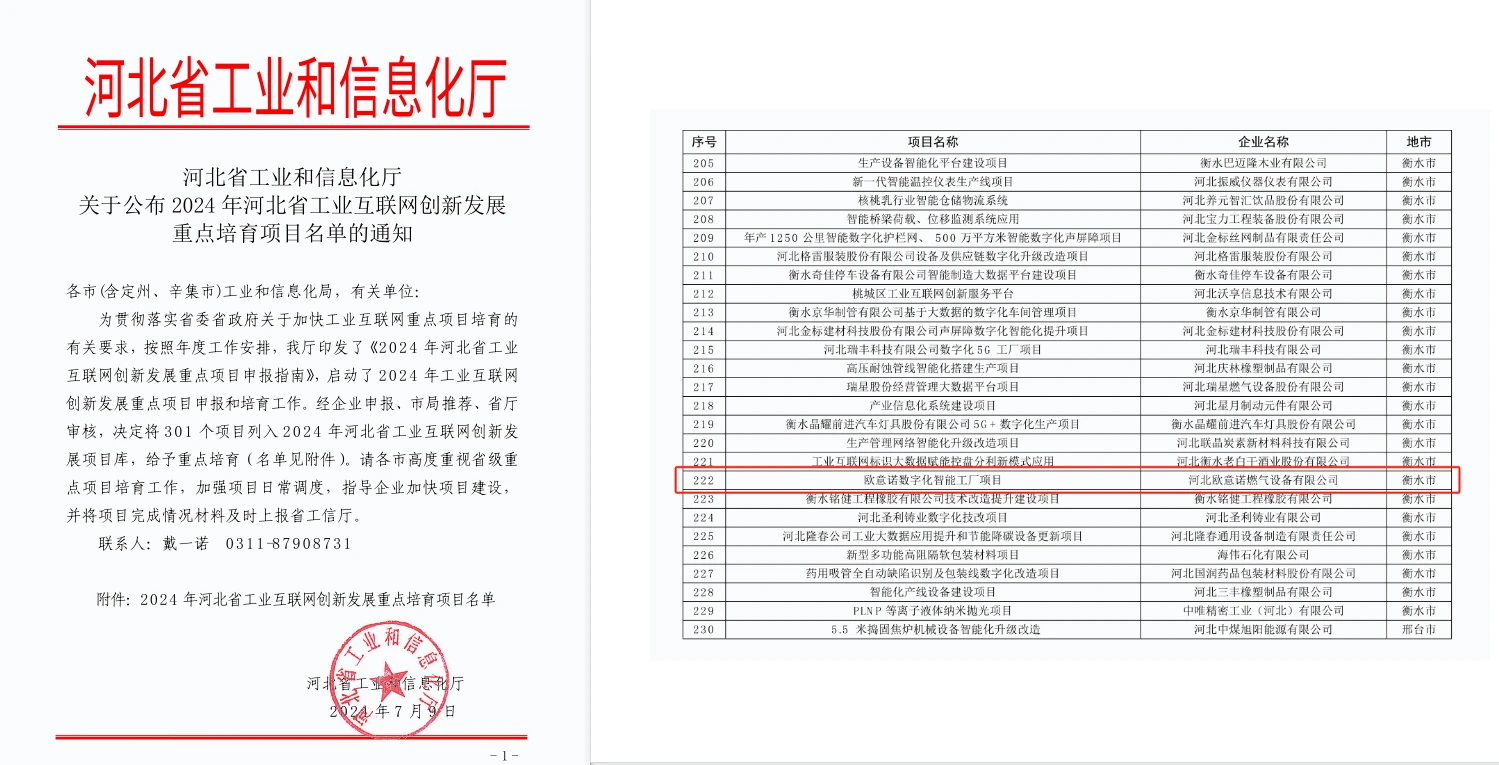
Nov . 21, 2024 08:02
Back to list
صمام أمان الغاز
The Importance of Gas Safety Valves in Modern Facilities
Gas safety valves are critical components in ensuring the safe operation of various systems that use gas, including industrial plants, residential buildings, and commercial establishments. Their primary purpose is to prevent overpressure, which can lead to catastrophic failures, including explosions and fires. In this article, we will explore the significance of gas safety valves, their working principles, and best practices for maintenance and operation.
The Role of Gas Safety Valves
Gas safety valves, often referred to as pressure relief valves (PRVs), serve as a line of defense against unexpected surges in pressure within gas systems. These valves automatically open to release gas when the pressure exceeds a predetermined limit, thereby protecting the integrity of pipelines and other infrastructure. In environments where natural gas or other flammable gases are used, the proper functioning of these valves is essential for preventing accidents that could result in loss of life and property.
Working Principles
The basic operating principle of a gas safety valve is relatively straightforward. The valve is designed to remain closed under normal operating conditions. However, as the pressure within the system rises due to various factors—such as temperature changes, equipment malfunctions, or blockages—the gas safety valve will open at a specified pressure threshold. Once the pressure decreases to a safe level, the valve will automatically close, resuming normal operation.
.
Importance of Regular Maintenance
صمام أمان الغاز

To ensure that gas safety valves function as intended, regular maintenance is crucial. Neglecting maintenance can lead to valve malfunction or failure, potentially resulting in dire consequences. Users should implement a scheduled inspection routine that includes checking for leaks, ensuring that the valve opens and closes correctly, and verifying that all components are free of corrosion and debris.
Moreover, the materials used in gas safety valves must be suitable for the specific type of gas being controlled. For example, valves that handle corrosive gases require different materials than those used for natural gas. Periodic testing is also essential to validate that the pressure settings are accurate and that the valve operates under specified conditions.
The Regulatory Framework
Compliance with local and national safety regulations is another crucial aspect of gas safety valve management. Authorities often establish standards that dictate how and where safety valves should be installed and maintained. Familiarity with these regulations can help organizations avoid legal liabilities and enhance overall safety practices.
In many jurisdictions, regular inspections by qualified professionals are required to ensure that gas safety valves are in compliance with safety standards. This underscores the importance of training staff who operate and maintain these systems, ensuring that they understand the significance of gas safety valves and their role in the overall safety of the facility.
Conclusion
In summary, gas safety valves are vital safety devices that help prevent dangerous pressure build-ups in gas systems. Their role in mitigating risks associated with gas usage cannot be overstated. By ensuring that these valves are properly maintained, compliant with regulations, and regularly tested, facilities can protect lives and property from the hazards associated with gas. As industries continue to evolve and expand their reliance on gas, the importance of prioritizing gas safety valves in safety management practices will only increase.
Next:
Latest news
-
Safety Valve Spring-Loaded Design Overpressure ProtectionNewsJul.25,2025
-
Precision Voltage Regulator AC5 Accuracy Grade PerformanceNewsJul.25,2025
-
Natural Gas Pressure Regulating Skid Industrial Pipeline ApplicationsNewsJul.25,2025
-
Natural Gas Filter Stainless Steel Mesh Element DesignNewsJul.25,2025
-
Gas Pressure Regulator Valve Direct-Acting Spring-Loaded DesignNewsJul.25,2025
-
Decompression Equipment Multi-Stage Heat Exchange System DesignNewsJul.25,2025

